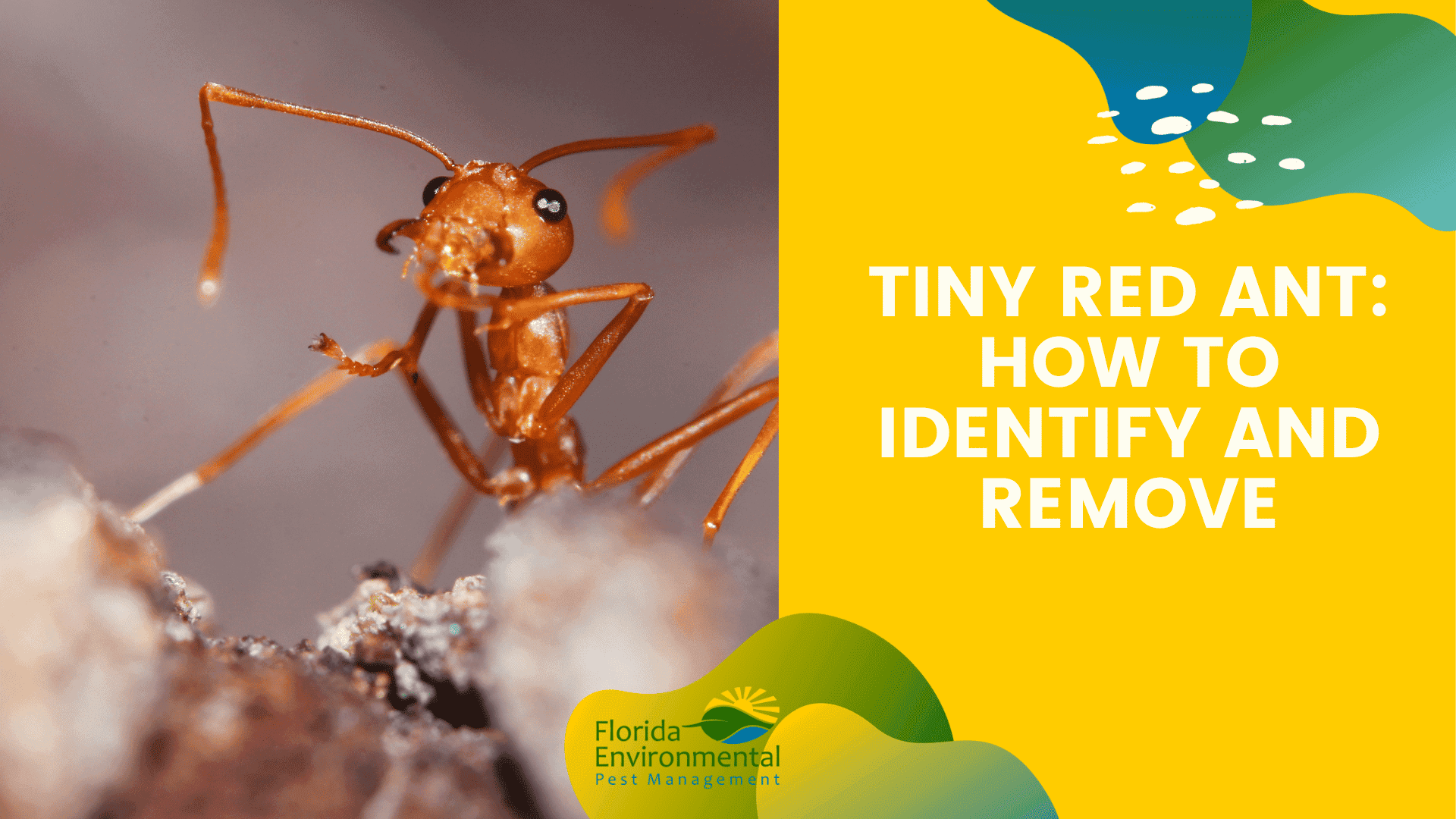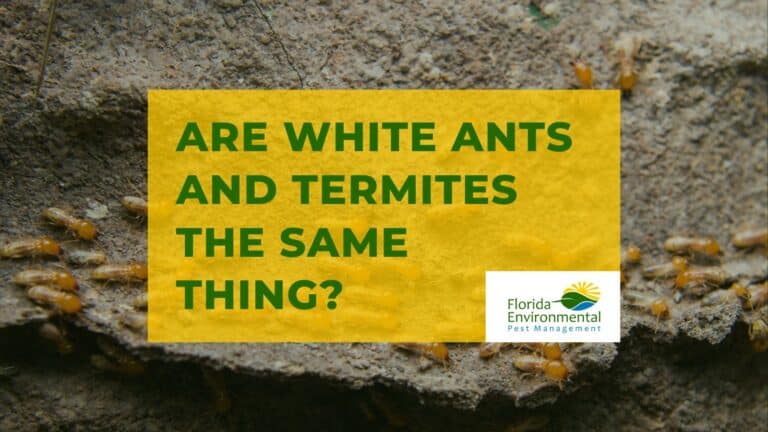A tiny red ant may seem harmless at first glance, but its presence can have a significant impact on both the environment and our everyday living spaces. Contrary to what most people may think, tiny red ants are not just a concern for the great outdoors; they can also invade our homes and pose a threat to our well-being.
These agile creatures can infiltrate even the tiniest cracks and crevices, making their way into our kitchens, pantries, and other areas where food is present. Once inside, they contaminate our food supplies, compromise hygiene standards, and can even cause allergic reactions in some individuals. Identifying and removing them promptly is vital for maintaining a clean and healthy living space.
Effective pest management begins with accurate identification. The earlier you understand the characteristics and behaviors of tiny red ants, the more likely you can implement targeted removal strategies to mitigate their impact. This not only helps protect our immediate surroundings but also contributes to our overall well-being.
This piece delves into the different types of tiny red ants you may encounter, provides guidance on how to identify them, and explores effective methods for their removal. Let’s get right into it!
Types of Tiny Red Ants
When it comes to tiny red ants, there are several common species that you may come across in your environment. These ant species include:
1. Fire Ants (Solenopsis spp.)
Fire ants are notorious for their painful stings and aggressive behavior. They are usually reddish-brown in color and range in size from 1/8 to 1/4 inch. Fire ants build large, intricate nests in soil, typically outdoors in open areas such as lawns, gardens, or fields. Their mounds can reach impressive heights and house thousands of ants. It’s important to exercise caution when dealing with fire ants due to their aggressive nature.
2. Pharaoh Ants (Monomorium pharaonis)
These are tiny and pale red. Measuring only about 1/16 inch in length, they can be challenging to spot. Pharaoh ants prefer warm and humid environments and are commonly found in buildings, particularly in kitchens and bathrooms. They nest in hard-to-reach areas such as wall voids, electrical outlets, or behind baseboards. They are known for their ability to quickly establish large colonies and can be a persistent problem if not properly addressed.
3. Argentine Ants (Linepithema humile)
Argentine ants are small and light to dark brown. They are highly adaptable and can form extensive colonies with multiple queens. Argentine ants are commonly found in urban areas, gardens, and natural habitats. They prefer nesting in moist environments such as soil, mulch, or under debris. These ants are known for their tendency to form massive supercolonies, making them challenging to eliminate without professional assistance.
4. Carpenter Ants (Camponotus spp.)
Carpenter ants are larger than other tiny red ants, usually ranging from 1/4 to 1/2 inch in size. They can vary in color from red to black. Unlike some other species, carpenter ants do not sting but can cause structural damage by excavating wood to create their nests. They are often found in areas with moisture issues, such as damp wood or areas affected by water damage. Carpenter ants are active both indoors and outdoors, and it’s important to identify and address their nests to prevent further damage.
Accurate identification of the specific species of tiny red ants is crucial because different species may exhibit varying behaviors and require specific removal methods. While some general techniques may work for multiple species, understanding the nesting habits, typical habitats, and physical characteristics of the ants you are dealing with will help you choose the most appropriate approach for effective removal.
How to Identify Tiny Red Ants
Here are some specific features, behaviors, and signs that you should pay attention to when looking to distinguish tiny red ants from other ant species.
1. Size
Tiny red ants, as the name suggests, are generally small in size. They typically range from 1/16 to 1/4 inch in length. Keep in mind that size can vary depending on the species, so it’s important to consider other identifying features as well.
2. Coloration
Tiny red ants typically have a reddish coloration, but the shade may vary among species. Some may appear pale red, while others may have a darker reddish-brown hue. The coloration of the ant’s body is a helpful visual clue for identification.
3. Body Parts
Observe the ant’s body for distinctive features. Tiny red ants have segmented bodies with three main parts: the head, thorax, and abdomen. Pay attention to the shape and proportion of these body parts. The head typically houses the eyes, antennae, and mouthparts. Similarly, the antennae are bent or elbowed, which is a characteristic feature of many ant species.
4. Antennae
Antennae play a vital role in ant communication and sensory perception. Tiny red ants have thin, segmented antennae that are often bent or elbowed. These antennae help the ants detect chemical signals and navigate their surroundings.
5. Behavior
Observing the behavior of tiny red ants can provide additional clues for identification. These ants often form visible trails as they forage for food. These trails can be seen along walls, floors, or outdoor surfaces. Following the trail can lead you to their nests or entry points. Observing their behavior can also help distinguish them from other ant species.
6. Nests
The presence of nests is a strong indicator of tiny red ants. These ants construct nests in various locations depending on the species. Some may build nests in soil, while others prefer hidden areas such as wall voids or under debris. Look for signs of ant activity near potential nesting sites, such as small openings or piles of excavated materials.
How Do I Get Rid of Small Red Ants?
To effectively get rid of small red ants, here are several strategies to consider:
1. Sanitation and Prevention
Maintaining a clean environment and eliminating potential food sources is crucial. Clean up food spills promptly, store food in sealed containers, and regularly empty trash bins. You should also Seal cracks, gaps, and entry points to prevent ant access into your living space. Remove any potential nesting sites, such as decaying wood, leaf piles, or piles of debris.
2. Natural Remedies
Natural remedies can be effective in deterring and eliminating tiny red ants. For example, vinegar can disrupt ant trails and deter them from entering specific areas. Diluted essential oils like peppermint or tea tree oil, on the other hand, can also act as natural ant repellents. Sprinkle food-grade diatomaceous earth near entry points or nests to dehydrate and eliminate ants. Consider using biological controls like nematodes or beneficial insects that target ant colonies.
3. Baiting and Trapping
Ant baits can be highly effective in controlling ant populations. Place ant bait stations containing slow-acting insecticides near ant trails or close to their nests. The ants will carry the bait back to their colony, effectively eliminating the entire population. Ant traps with sweet or protein-based baits can also be used to attract and eliminate ants. Regularly monitor and replace the baits or traps as needed.
4. Chemical Control
In severe infestations or persistent ant problems, it may be necessary to seek assistance from a professional pest control service. They can assess the infestation and determine targeted chemical treatments if required. If using insecticides yourself, choose products specifically labeled for ant control and follow the instructions carefully. Consider the potential environmental impact and use them judiciously.
Note that a combination of methods is often the most effective approach. Start with sanitation and prevention measures, then incorporate natural remedies and baiting/trapping techniques. Reserve chemical control as a last resort or consult with professionals for guidance.
Take Immediate Action to Eliminate Tiny Red Ant Infestations
If you suspect a tiny red ant infestation, don’t delay! We at Florida Environmental Pest Management are here to provide you with expert assistance and reliable solutions. Our team of professionals specializes in tackling ant infestations and will tailor our methods to your specific needs.
We have the expertise to identify the extent of the infestation, develop a targeted plan, and implement effective solutions to eliminate tiny red ants from your property. Regular monitoring and preventive measures are key to maintaining an ant-free environment. To begin the process, contact us to schedule a consultation.





